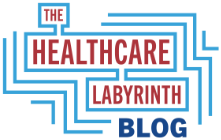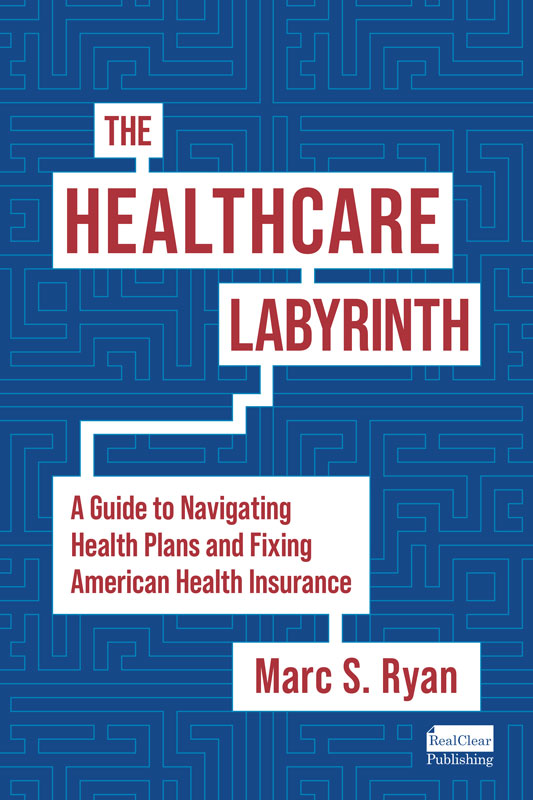I am writing this blog from the United Kingdom on the occasion of the 75th anniversary of the National Health Service (NHS). The British newspapers this year, as they were five years ago for the 70th Anniversary, were filled with a curious mix of messages about the NHS.
On the one hand, Britons defend the NHS and take pride in the system that has been built over the last 75 years. The NHS is always at or near the top of the most important issues at election time.
At the same time, Britons are frustrated with many elements of the system, including long wait times and the hoops that must be jumped through for certain services as well as notable staff shortages and other deficiencies. Some blame privatization over the past few decades as well as the miserly increases given to the NHS during the conservative government’s tenure over the past decade or so.
The 75th anniversary of the institution gives me the opportunity to discuss the fact that there are at least three types of healthcare systems in the developed world and discuss the status of America’s system. It is important to note that the three types and their characteristics are not absolute. Nations may use combinations of characteristics of each or even have exceptions in terms of how care is furnished.
The United Kingdom has the socialized or state-run healthcare system as do a number of other developed nations. In this type, for the most part the government runs, finances, and delivers services. Those rules are not absolute, though, as over time Britain even has begun contracting with private providers for some delivery of care.
A second type is the single-payer system. The government runs and finances the system, while private entities largely deliver the care. France, Australia, and Canada (through its provinces) are good examples of this.
And last is affordable universal access using a private system. In this type, the government regulates and finances some coverage, but private entities run the system and deliver care. Nations with this system are Germany, Switzerland, and the Netherlands. While the U.S. would appear to be like these nations, there is a critical difference. Their private systems are centralized and are not primarily employer-based.
In the developed world, each type emphasizes enough government funding to ensure affordable universal access for all citizens. Government financing comes from various sources, including value-added taxes, business taxes, income taxes, and employer and individual contributions.
Are all of these system types successful? Yes, for the most part. According to a 2021 Commonwealth Fund assessment of 71 healthcare performance measures across five domains (see study link below), the five highest performing countries have each of the three types of systems outlined above.

The five domains are access to care, care process, administrative efficiency, equity, and health care outcomes. As you can see above, the U.S. ranks dead last in four of five domains. It ranks second in care process. The reason being is that if you have good to strong insurance in America, the U.S. system can excel in some things, such as preventive care, safe care, coordinated care, as well as engagement and meeting patient preferences. But for those tens of millions who are uninsured or underinsured, you very much fall through the cracks, not only on care process but on the four other domains.
The U.S. spends the most on healthcare as a percentage of gross domestic product (GDP) of any developed nation. My calculations suggest it spends double the developed world average or at least 50% more based on the highest-cost developed countries. But Commonwealth clearly outlines that America has the worst outcomes and the poorest value.
In my view, this is tied to a few things, all of which I cover in great detail in my book, The Healthcare Labyrinth (available for sale at right):
- Coverage issues: Our system looks most like the developed nations that have private healthcare systems, but we do not have affordable universal access. We continue to have about 25 to 30 million uninsured (I give a range due to the coverage loss with Medicaid redeterminations) as well as another 55 million or so who are underinsured. While the Affordable Care Act (ACA) expanded Medicaid and created exchange coverage, it has not closed the uninsured gap completely. We have between 8 and 10 percent uninsured while most developed countries sit at 1 percent on average. And, given the huge costs of our system, the premiums and cost-sharing Americans pay are well above other developed countries. There is a real issue of affordability of healthcare, represented by the underinsured.
- Price: America has a huge price problem across the board. While all other system types set prices globally for their system, America does not, save for the Medicare and Medicaid fee-for-service (FFS) programs). Price in U.S. healthcare is many folds above other developed nations. This is acutely so for hospitals and drugs.
- Health, wellness, and care management: The U.S. system does not prioritize wellness, prevention, and management of disease states. It is obsessed with utilization management as opposed to care management.

Does this mean that everything is perfect in the rest of the developed world? Certainly not. Much of what the Britons say about their socialized system is true. In some ways, it is in crisis and is grappling with how to reform itself. The same can be seen in single payer systems and even in private delivery systems. We even see private or supplemental insurance popping up in these other counties to fill in gaps and soften the wait times that exist for services.
But it is fair to say that these developed nations’ systems function much better than America does from an efficiency and quality standpoint. This last graphic shows that America is a terrible outlier. Its performance even against the bottom three nations in the study is so much worse.
Does this mean we give up our current employer-based system and migrate to one of the three types above. Not necessarily. America could keep its employer-based system, which a majority of Americans seem happy with, but drive toward efficiency and lower price/cost, emphasize care management, and close the coverage gaps. It would take lawmakers on Capitol Hill to get serious about affordable access, tackling price, and pivoting from utilization management to care management. The recipe is out there. Think tanks and policy experts have laid it all out (my book summarizes the ideas and adds to them). But courage in Washington, D.C. is needed.
Major source and source for graphics:
The Commonwealth Fund, “Mirror, Mirror 2021, Reflecting Poorly. Health Care in the U.S. Compared to Other High-Income Countries,” August 2021. https://www.commonwealthfund.org/publications/fund-reports/2021/aug/mirror-mirror-2021-reflecting-poorly
#healthcare #healthcarereform #healthinsurance #coverage
— Marc S. Ryan





